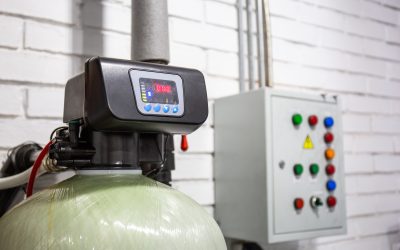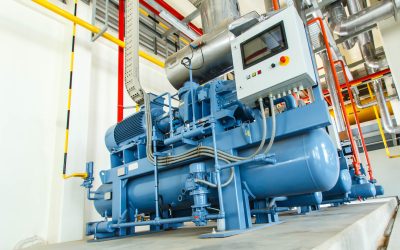An electromagnetic flow meter in India often referred to as a magmeter or magnetic flow meter, is quite unique when it comes to the technology that it uses in order to measure flow.
Understanding the Basics
An electromagnetic flow meter in India is made up of two main parts, which are the inline sensor and the transmitter. The inline sensor has coils that produce a magnetic field. When a conductive fluid is passed through the field, a voltage that is proportional to the flow is generated. Faraday’s Law is the name that is given to this flow principle.
Ideally Versatile
Unlike other types of flow meters, an electromagnetic flow meter has the ability to measure flow turbulence, viscosity, or fluid density. This means that electromagnetic flow meters are extremely accurate and reliable across a broad array of applications.
In addition, the design of these meters does not have any type of obstruction in the pipe. Therefore, this is the ideal meter for everything from highly corrosive fluids to sanitary liquids. Electromagnetic flow meters are commonly found in the industries of metal and mining, pulp and paper, water and wastewater, food and beverage, and chemical transfer to name a few.
It is important to note that electromagnetic flow meters will work only with conductive fluids. Therefore, hydrocarbons like deionized liquids or oils should not be used with these meters. In addition, suspended solids like those that are found in fertilizers and other various agricultural chemicals may also lead to trouble. However, modern specialized meters like slurry electromagnetic meters are designed to counteract magnetic interference caused by suspended soils.


